There is so many things to do in the Ecuadorian capital, Quito and it is also a great hub to explore the country. Surrounding Quito are many attractions and villages, perfect for a day adventure. Hop in your car and enjoy the area! In this guide you will find the best day trips from Quito.
Ecuador is not only my favorite country in South America because it is one of the most biodiverse countries in the world but it is also my home country.
➳ Read More: A complete guide with the best things to do in Quito
Many travelers arrive to Quito often to fly out to the Galapagos and forget to plan a few extra days to explore Quito and the surrounding areas in the Andes.
- The 19 Best Day Trips From Quito:
- 1. Reserva Mashpi
- 2. Hike to Quilotoa Lake
- 3. Explore Mindo
- 4. The Middle of the World
- 5. Zoológico de Quito
- 6. Termas Papallacta
- 7. Pululahua Geobotanical Reserve
- 8. Museo Templo del Sol
- 9. Cotopaxi National Park
- 10. Otavalo
- 11. Yanacocha Reserve
- 12. Yambo Lagoon
- 13. Maquipucuna Reserve
- 14. Reserve Los Ilinizas
- 15. Red Lagoon and Cubilche Lagoon
- 16. Cayambe Coca National Park
- 17. Antisana National Park
- 18. Chakana Reserve
- 19. Cascada de Fuego
Mejores tours en Quito
- Día completo en Baños desde Quito incluye las entradas a los atractivos
- Street Food Essentials
- Cotopaxi Hike and Bike
- Quito City Tour Private
- Escapada privada de un día al bosque nuboso Mindo
Mejores alojamientos en Quito
- Wyndham Quito Airport (5 estrellas, Quito)
- Holiday Inn Quito Airport (3 estrellas, Quito)
- Hotel Reina Isabel (4 estrellas, Quito)
- Hilton Colon Quito (4.5 estrellas, Quito)
- ibis Quito (3 estrellas, Quito)
The 19 Best Day Trips From Quito:
1. Reserva Mashpi
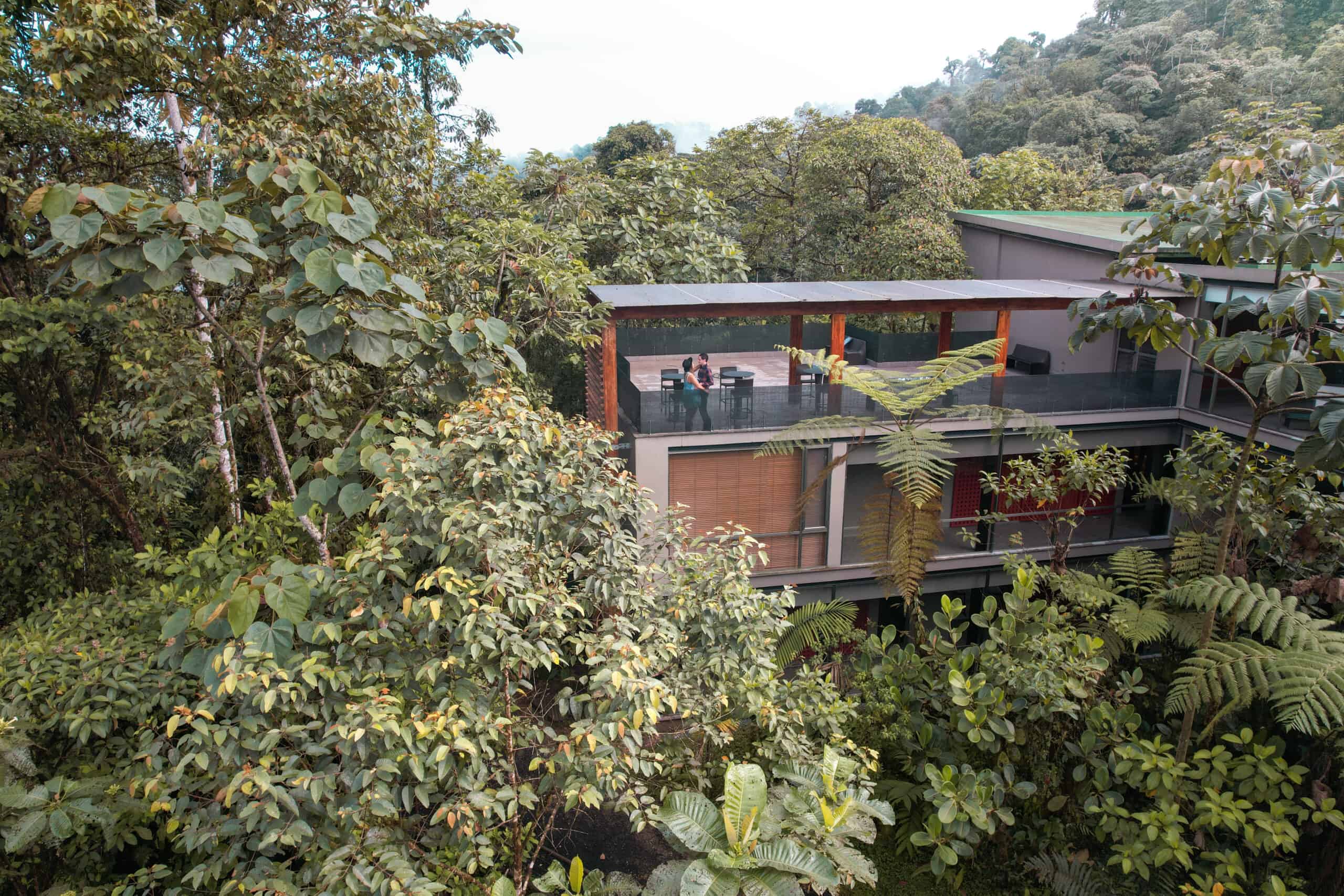
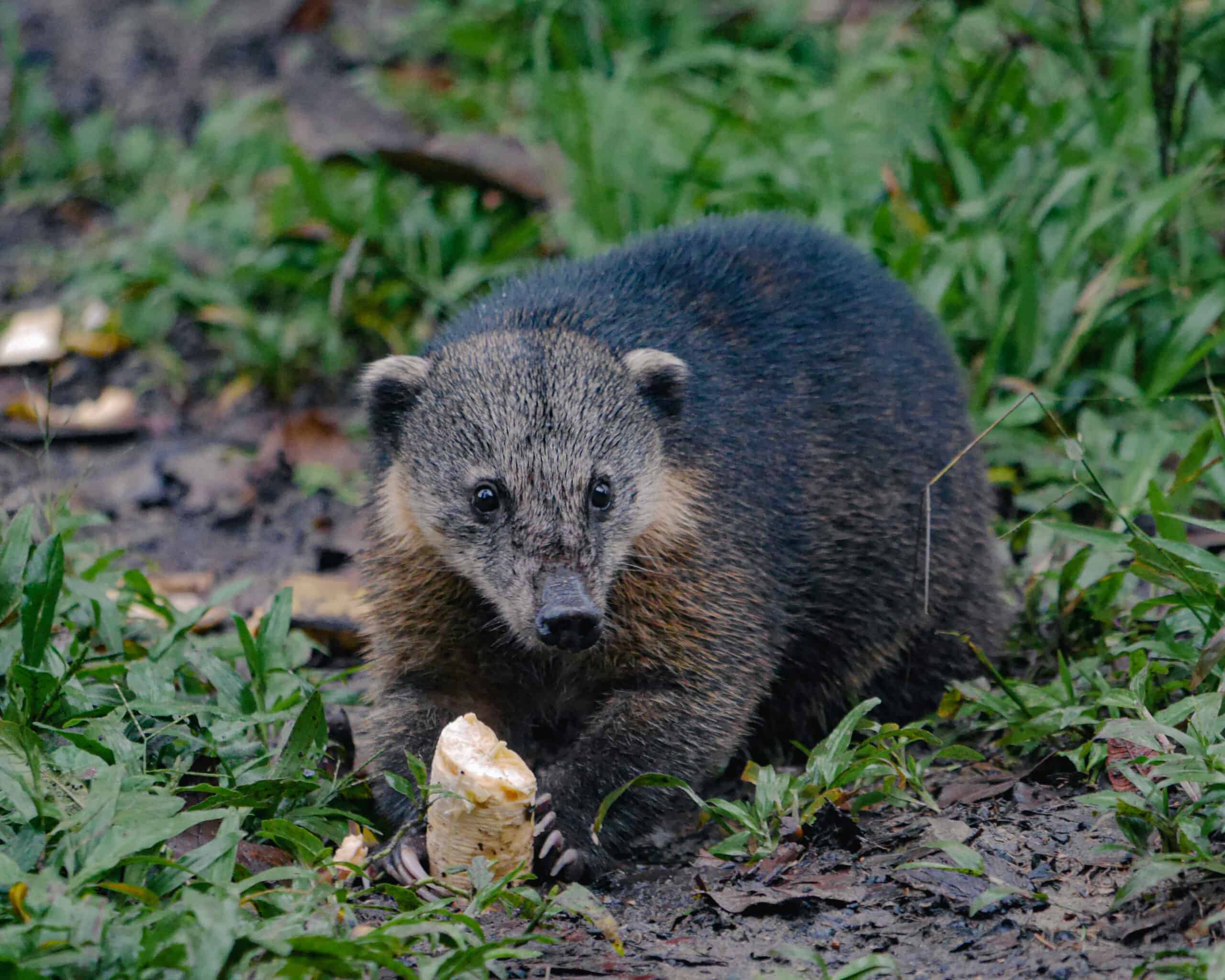
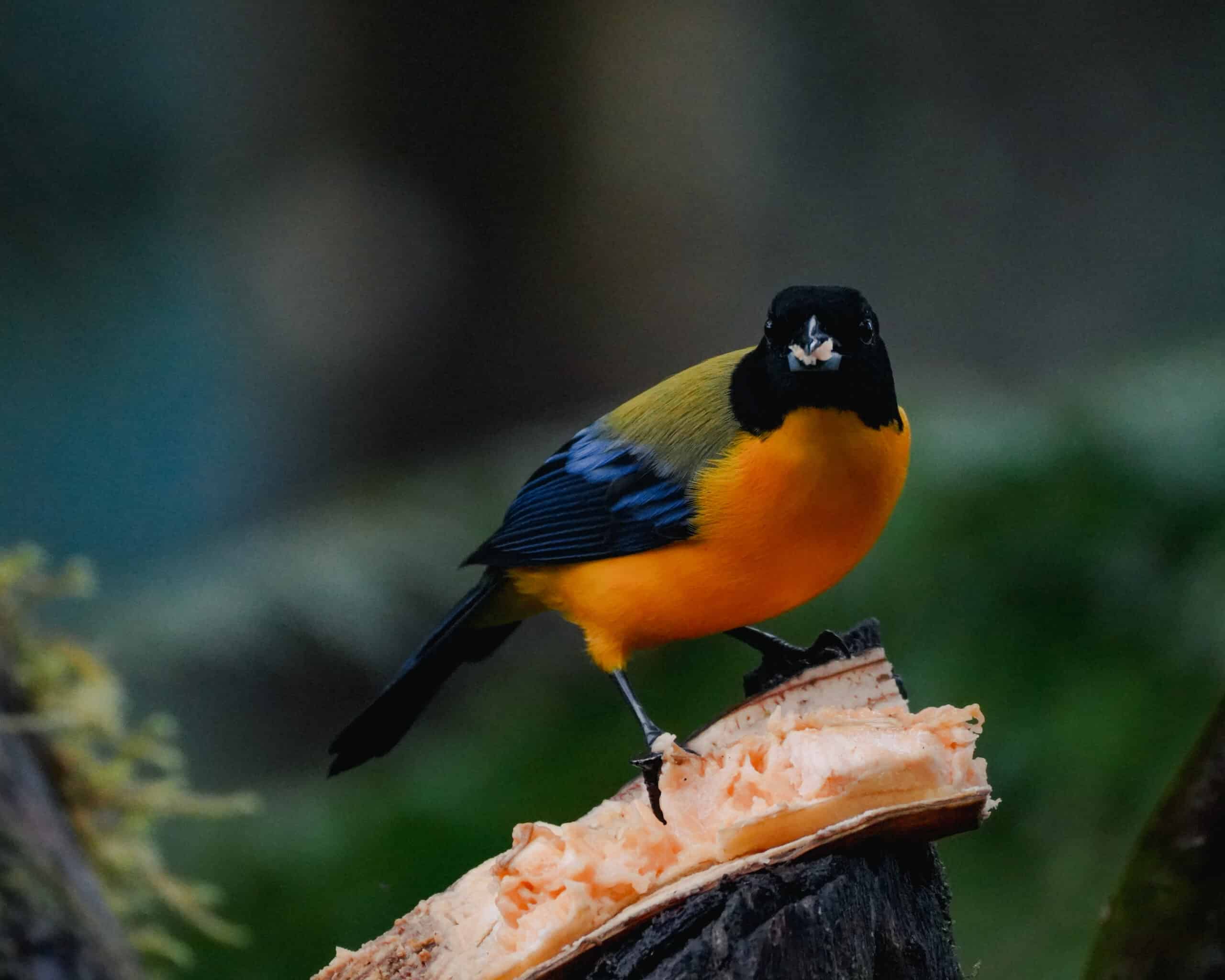
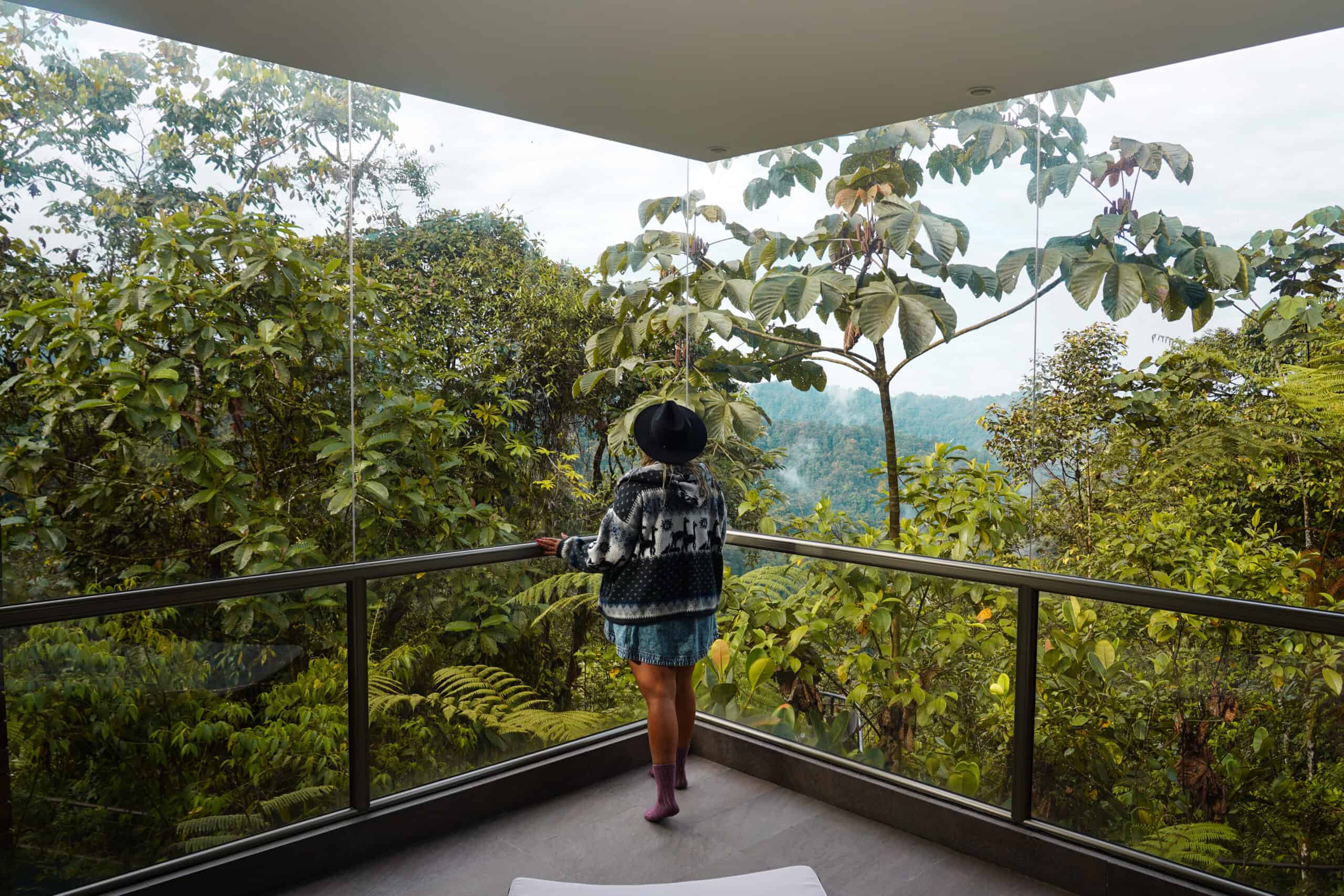
The Mashpi private reserve has more than 1,200 hectares where 70% of the land is primary forest and is part of the Chocó Andino bioregion, which runs from Panama through Colombia and reaches northern Ecuador. At Mashpi Lodge you can see crested guans, capuchin monkeys, howler monkeys, tayras, tarantulas, glow-in-the-dark foxfire mushrooms, and translucent green frogs, among other animal species.
The reserve has more than 11,000 species of plants, 900 birds and 350 amphibians. The Chocó Andino Region is one of the most biodiverse places on the planet. The Mashpi Lodge es un hotel boutique, and was named National Geographic Unique Lodges of the World, located in the heart of the Ecuadorian Andean Choco, just 2 hours and a half from the city of Quito.
The main mission of this eco-resort built in the middle of the jungle is to conserve the Andean choco cloud forest, which is located 950 meters above sea level. The reserve is located in an area where the cloud forest meets the jungle, which allows it to have a very extensive diversity of fauna and flora. It is home to several endemic species such as the Mashpi frog and the Mashpi magnolia among others.
2. Hike to Quilotoa Lake
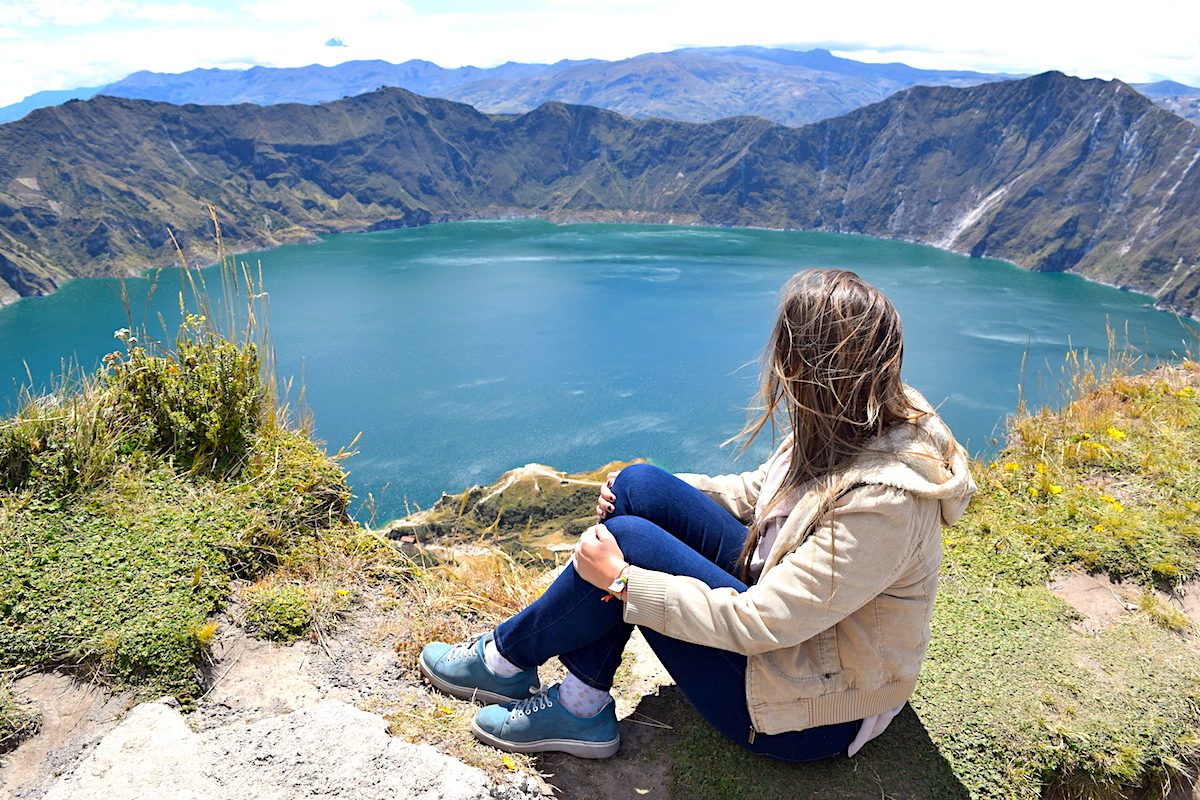
Quilotoa Lake is one of the most beautiful lakes in the country due to its bright turquoise color. The lake is located in a crater of an ancient volcano that collapsed after an eruption more than 600 years ago The hike is quite step down and back up. The best views are from the top, with a hike around the entire rim.
The lagoon is located just 2 hours and a half from Quito, which is why it has become one of the most popular landscapes to see in Ecuador.
A great tour from Quito is to visit Quilotoa Lake.
3. Explore Mindo
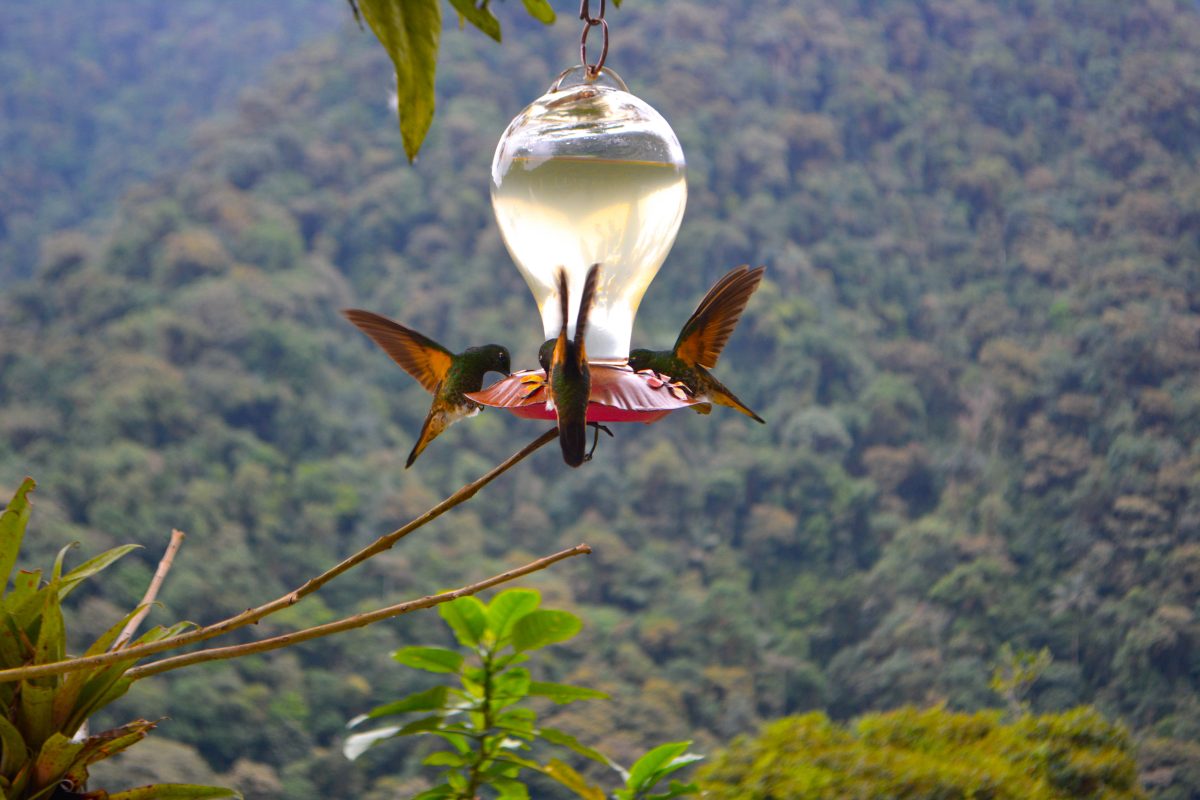
Mindo is nestled in a beautiful cloud forest, known for its endless greenery and rich biodiversity. The two main attractions in Mindo is its waterfalls and adventure tourism.
There are many waterfalls to hike to in the jungles around Mindo, with the most popular waterfall of Cascada La Reina. You can easily spend the whole day visiting a handful of waterfalls.
Mindo is also a popular day trip for is its adventure tourism including mountain biking, canyoning, tubing and horse riding. No matter what activity you chose in Mindo you will find yourself in the deep green jungle surrounded by bustling wildlife and beautiful birds.
If you do not have a car you can take a tour from Quito to Mindo.
4. The Middle of the World
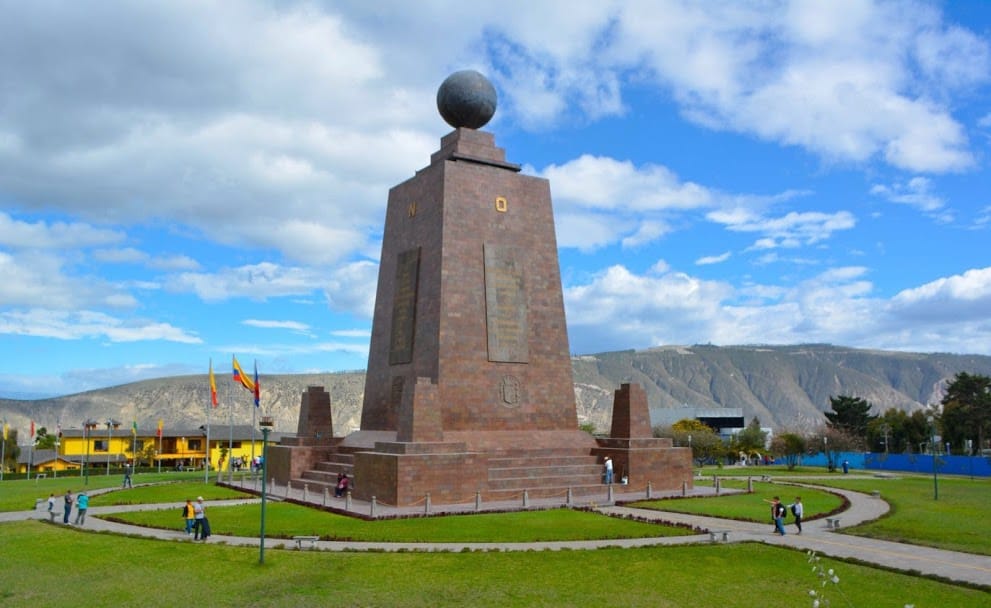
If you are in Quito you must visit the Mitad del Mundo or “The Middle Of The World” monument. There are two monuments, the real one is located outside the city in Calacali, while the most famous one is located in the northern part of Quito.
➳ Read More: Visit the real Mitad del Mundo Monument in Calacali
The famous monument is well set up to receive tourists as a touristic attraction with museums, shops, restaurants and it has an entrance fee. The other, smaller monument is just in the middle of a square in Calacali with nothing interesting surrounding it.
5. Zoológico de Quito
The Quito Zoo is located north of the Quito airport, 45 km northeast from Plaza Grande and 35 km southeast from Mitad Del Mundo. It is an easy day trip, or half day trip accessible by both car and bus. At the zoo you can explore over 120 species of Ecuador’s vastly diverse wildlife.
Some of the zoo’s more famous animals include the famous Galapagos Tortoise, the rare Andean bear and Jaguars. You can enjoy animals representing all of Ecuador’s different ecosystems in one spot!
I am always a fan of zoo’s, not only for the conservation efforts, but your ability to see a whole countries animals and more, even if you do not have the chance to visit the whole country. Even if you do visit every region of Ecuador, many of the animals are nearly impossible to spot in the wild.
It is important to note that biodiversity and natural resources are given protections under the Ecuadorian constitution, so do not destroy nature in seeking a peek at a wild animal.
The Quito Zoo is open Tuesday to Friday from 8:30AM to 5:00PM; Saturday, Sunday and Bank Holidays from 9AM to 5PM; and is CLOSED on Mondays.
Tickets cost $3 for children, $3.50 for students, $4.50 for adults, and $2 for seniors.
6. Termas Papallacta
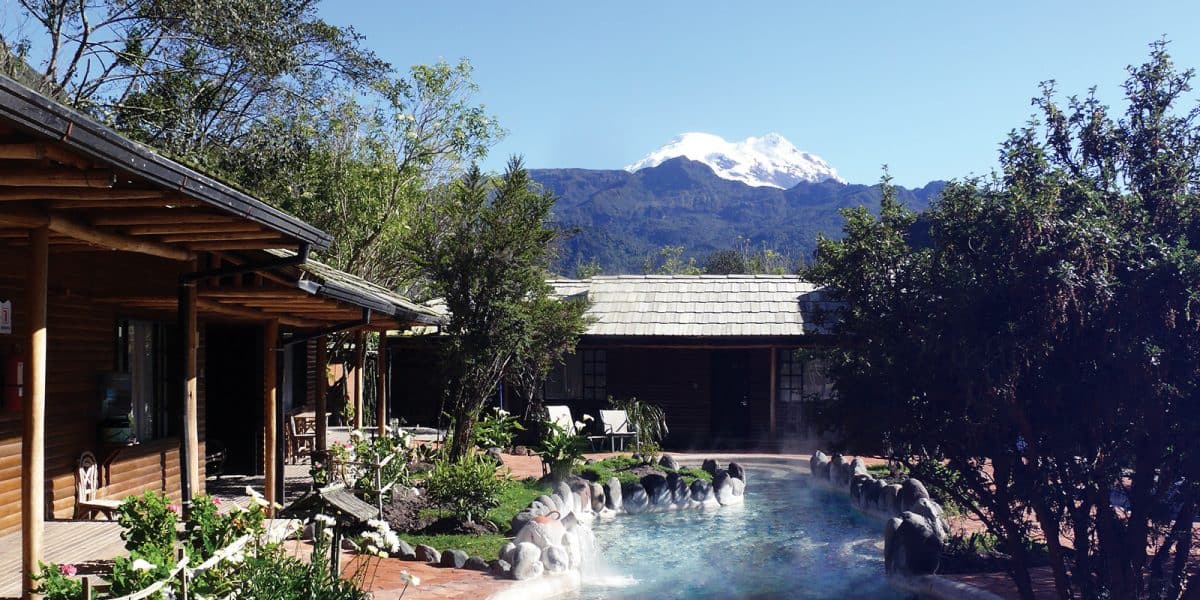
Located 100 km from Quito are the Termas Papallacta, with many natural hot springs. The termas are located in a small potato farming town high in the mountains, sitting at 3,300 meters above sea level. It is the perfect relaxing day trip from Quito, accessible by car, bus or tour.
The expansive facility is very nice and clean, with lockers to keep all your things safe. It features a range of temperatures in different hot spring pools, from burning hot to comfortably warm. You also have the option to dunk yourself in the freezing water from the neighboring river. Just a few hours in the hot springs and I felt like a million bucks, and a bit dehydrated, so drink up that water!
If you feel like spending more time at the hot springs, there are also cabins available to stay over night, along with a general spa within the compound. Turn a day trip into a relaxing and natural spa weekend!
From the entrance of Termas Papallacta you can continue on into the Cayambe Coca Ecological Reserve. A note of caution though, there is no other exit connected to this road, so every trip is round-trip. In the mountains there is lots of fog and one lane curves along the dirt road, so be careful! We entered the park in the afternoon, which I do not suggest, as the combination of high surrounding mountains, fog, and earlier sunset made for a less than fun drive to the exit.
7. Pululahua Geobotanical Reserve
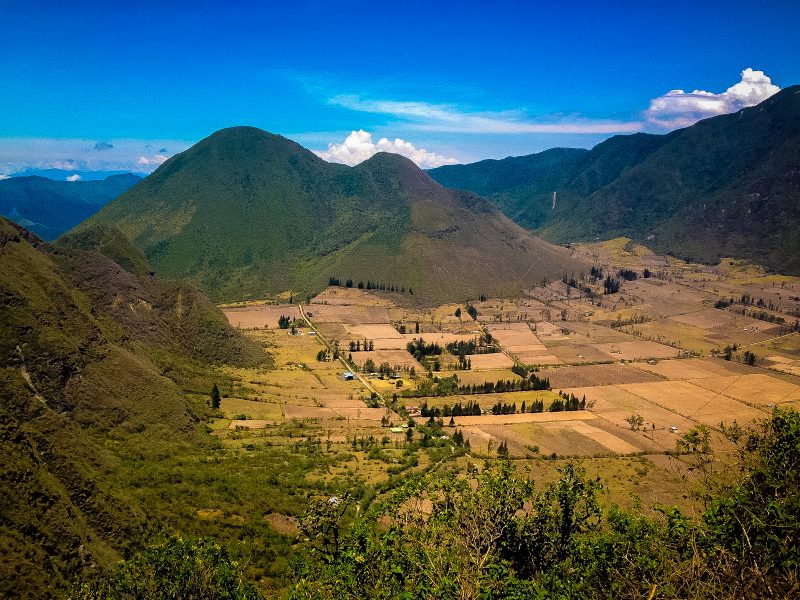
The Pululahua Geobotanical Reserve is the home of the Pululahua Volcano. It is a collapsed volcano with great biodiversity and unique landscape. Interesting fact, it is the first national park in Ecuador established in 1966.
8. Museo Templo del Sol
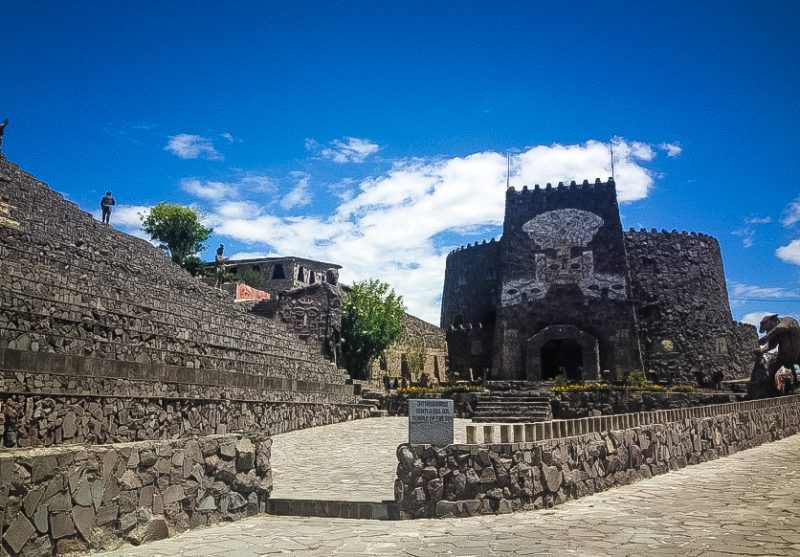
Located right outside the Pululahua Geobotanical Reserve is the Museo Templo del Sol. It is a cool and interactive look at the life and religion of the Incas. The entrance fee is $3.
9. Cotopaxi National Park
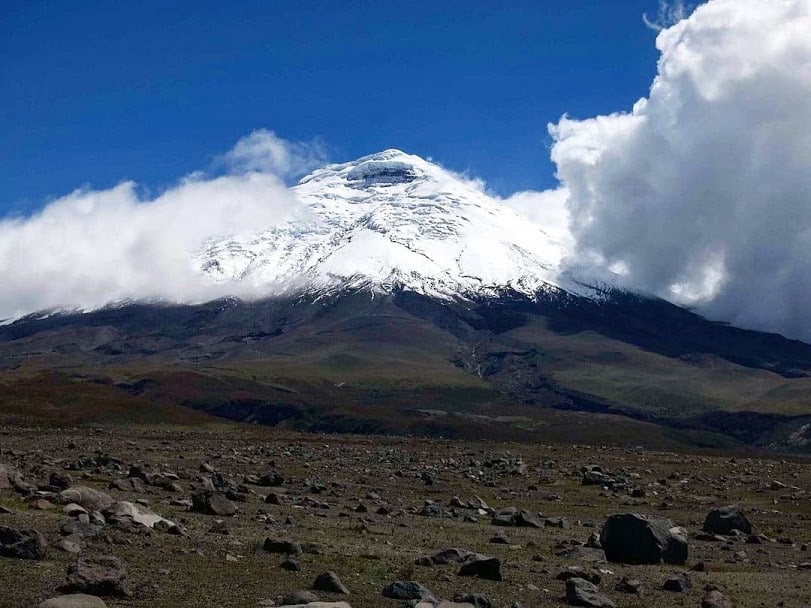
Cotopaxi is one of the best things to do near Quito, you can also reach the summit but you need special equipment and a longer training since it is 5,897 meters above sea level. If you are not interested in climbing to the top of Cotopaxi, you can enjoy its majesty from the lagoons or from the José Rivas refuge, located at 4,864 m above sea level. The hike up to the refuge can take up to one hour and the views from there are super worth it.
Keep in mind that the high altitude and the hike will be easy even though it is a short distance. Although you can summit the peak of Cotopaxi special gear and training are required. There is also horseback riding, mountain bike paths and plenty of beautiful photo opportunities if you just drive to the base.
You can always take a tour from Quito to Cotopaxi
10. Otavalo
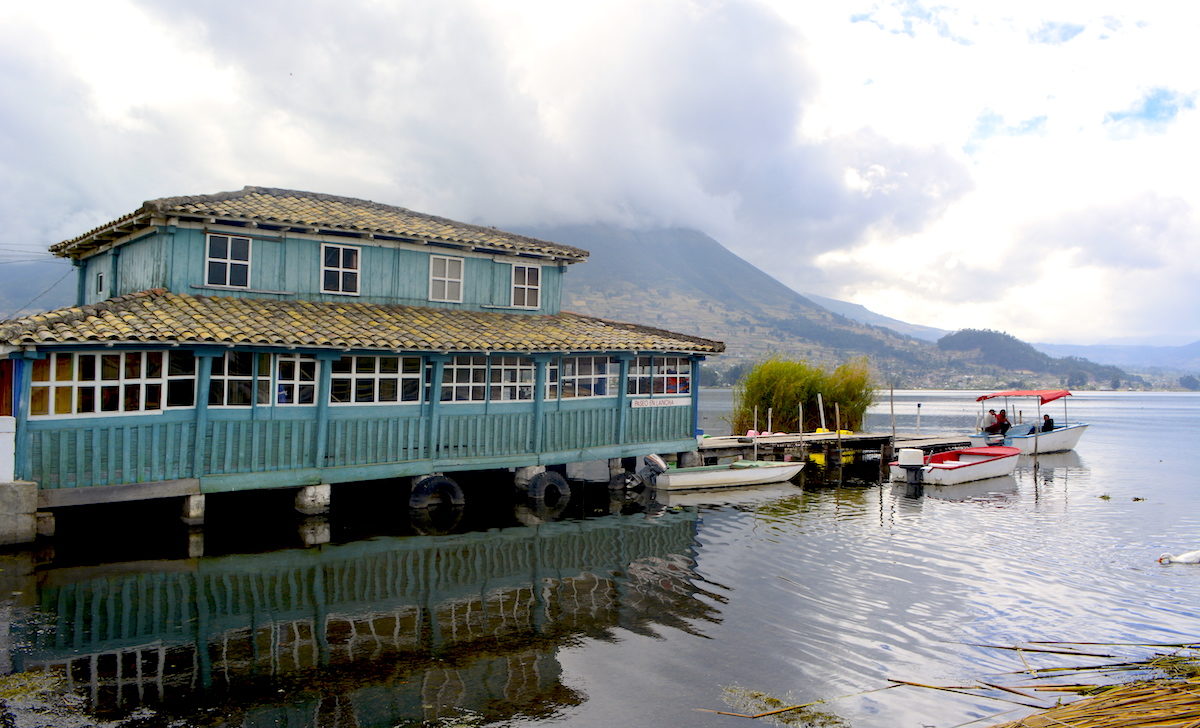
Otavalo is one of the most common day trips from Quito as it is only two hours north from the city. It is known for its world-famous craft market and surrounding nature. In the market you will find textiles, handicrafts, artwork and an endless array of woven and embroidered goods. My favorite activities in Otavalo are the Peguche waterfall, the San Pablo lake, and the Cuicocha Crater Lake.
You can always take a day trip tour from Quito to Otavalo.
➳ Read More: The best things to do and see in Otavalo
11. Yanacocha Reserve
The Yanacocha ecological reserve covers an area of 964,000 hectares of Andean vegetation at an altitude of around 3,200 meters above sea level. It is located right on the western slope of Guagua Pichincha, and has 4 marked hiking trails to see the great biodiversity of fauna and flora. The entrance costs $6 for foreigners and $3 national tourists.
12. Yambo Lagoon
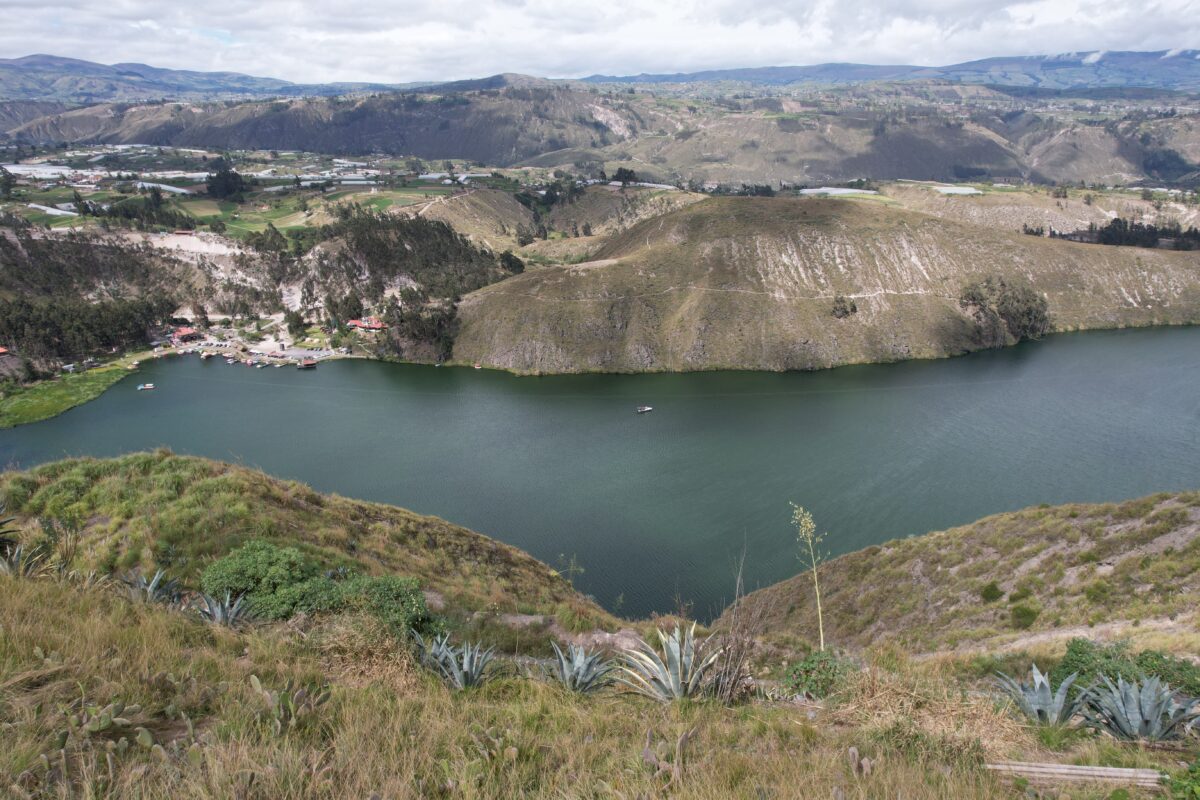
The Yambo Lagoon, also known as the “Enchanted Lagoon”, is a very popular destination less than two hours from Quito. The lagoon is a green color that contrasts with the bluish horizon and the beautiful mountains that surround it. Some of the activities that you can do in the Yambo Lagoon are boating, hiking, horseback riding, camping, photography, and swimming.
13. Maquipucuna Reserve
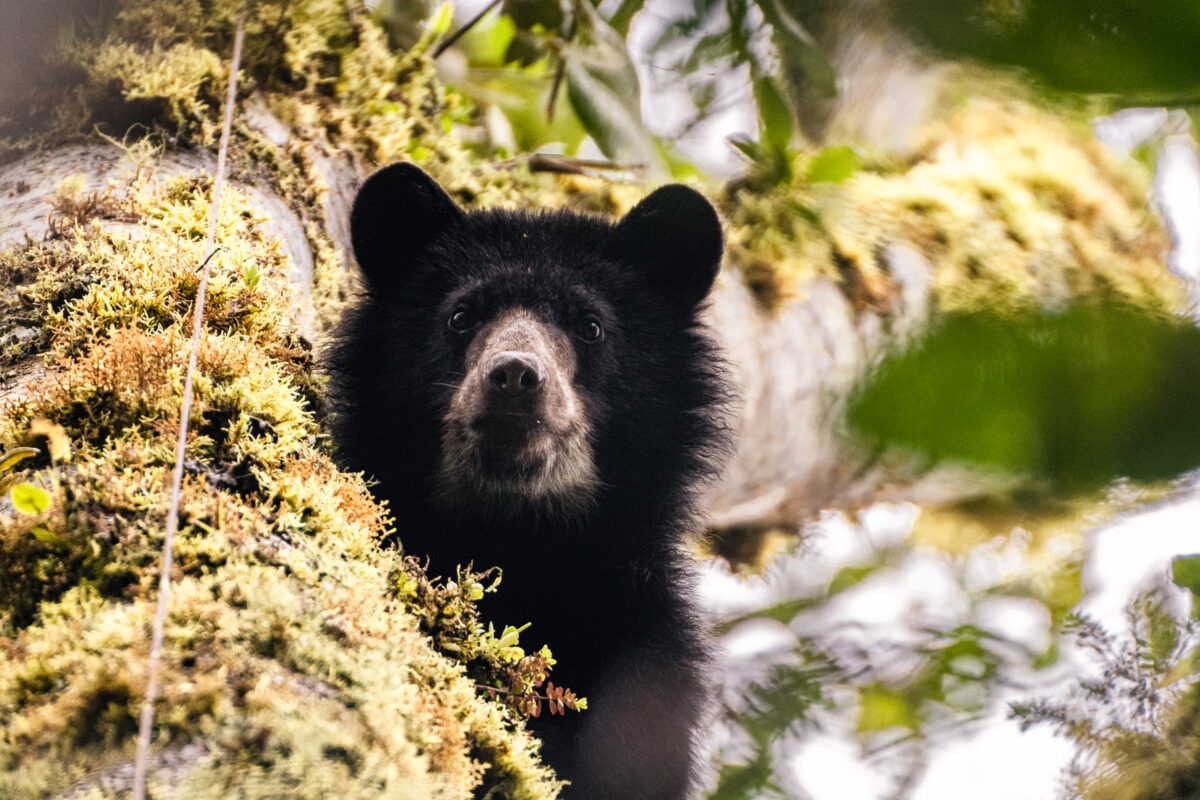
The Maquipucuna reserve is the home to the wild Spectacled Bear or also known as the Andean Bear. It is a reserve located a two hour drive from Quito on the way to the city of Mindo. I recommend you spend at least two days and one night to be able to see the Andean bears and the different birds that live in the Ecuadorian Choco Andino.
Read more: Complete guide to see the Andean bears in Maquipucuna
14. Reserve Los Ilinizas
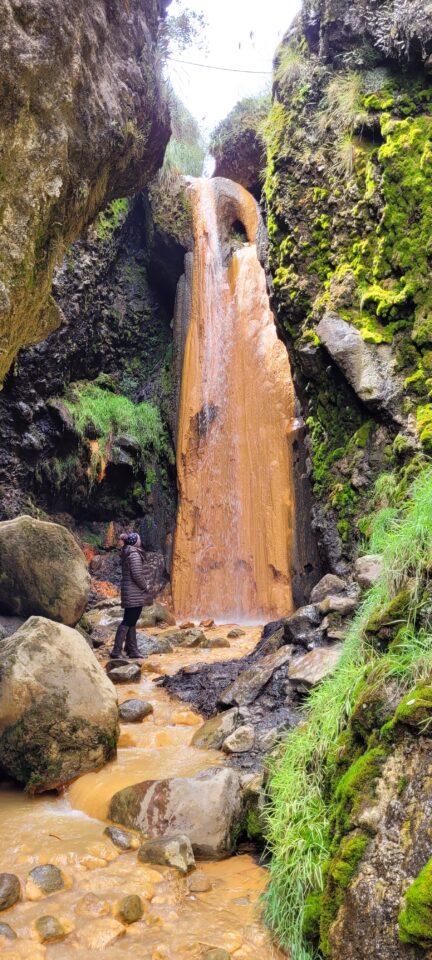

The Ilinizas Reserve has an extension of 149,900 hectares and its altitude begins at 800 meters up to 5,263 meters. Here you will find various types of landscapes including tropical forests, warm valleys, extensive meadows and Andean páramo. The most visited areas in the reserve are the Ilinizas volcanoes, the Cunuyacu waterfall and hot springs.
Read more: Complete guide to visit the Cunuyacu waterfalls
15. Red Lagoon and Cubilche Lagoon
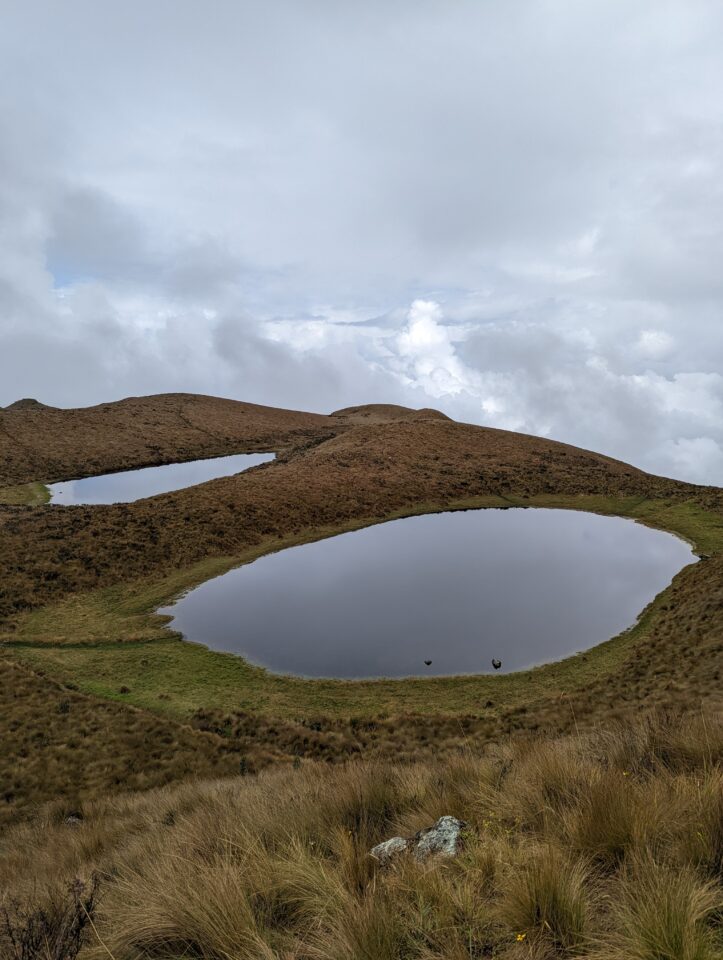
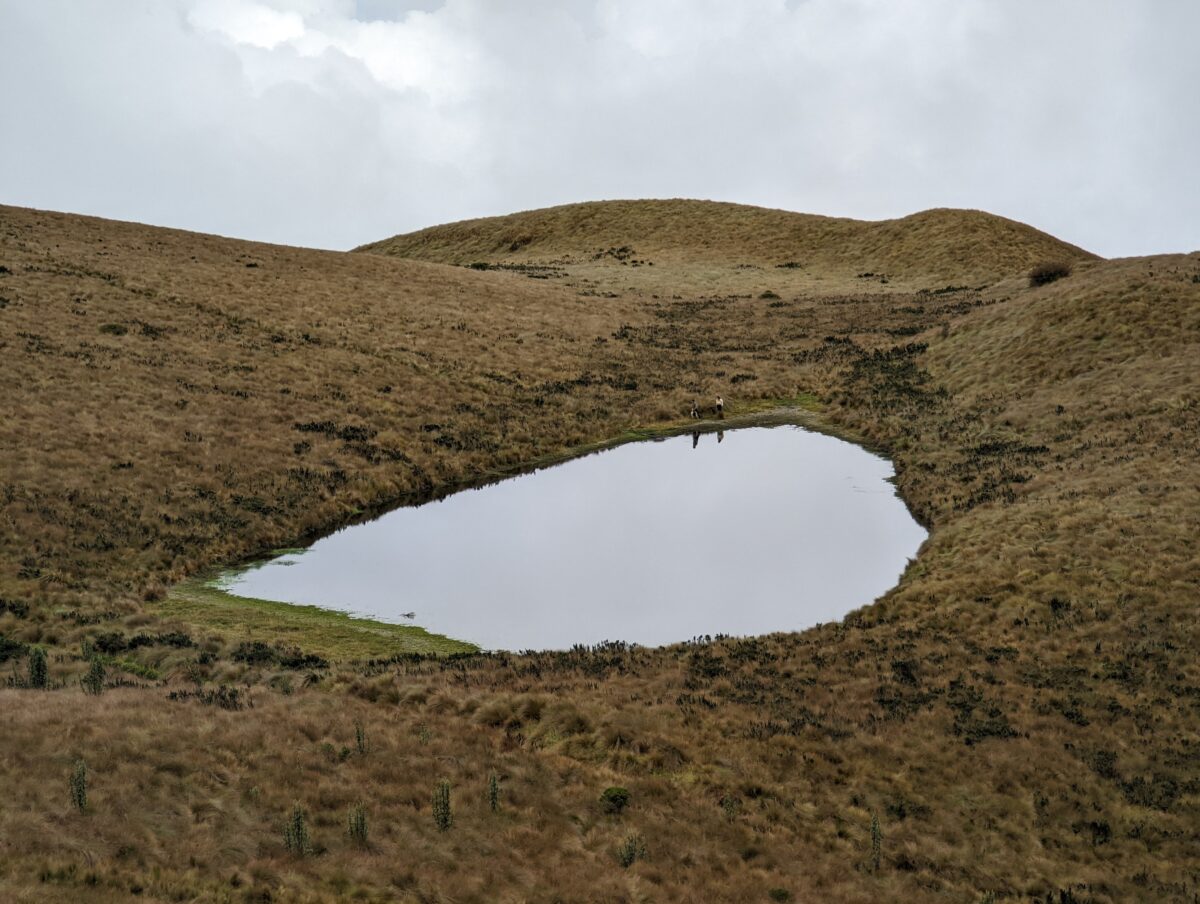
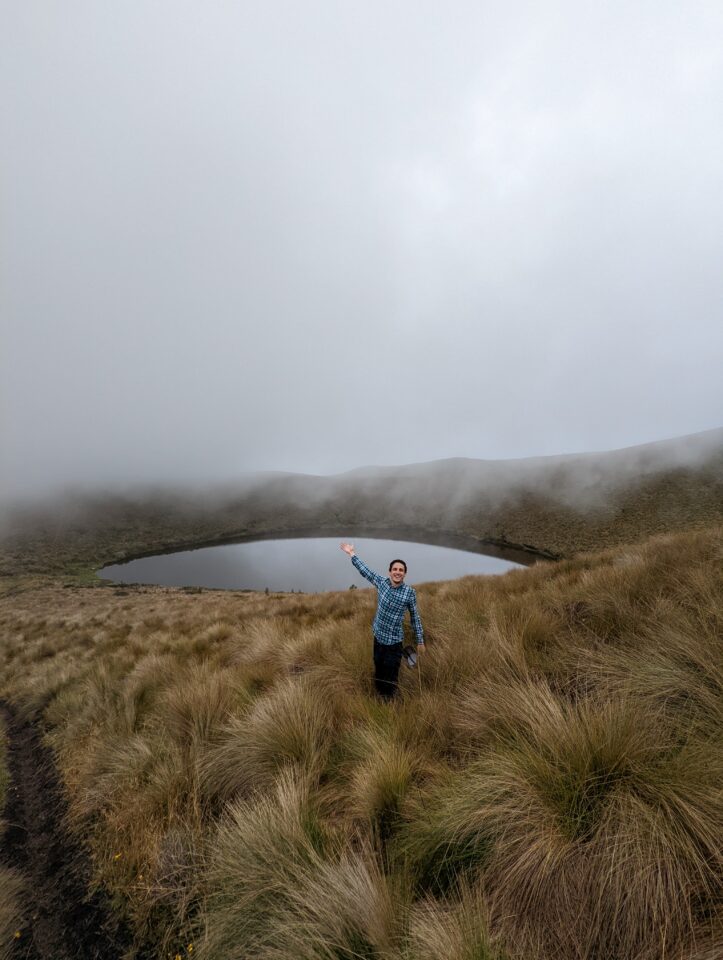
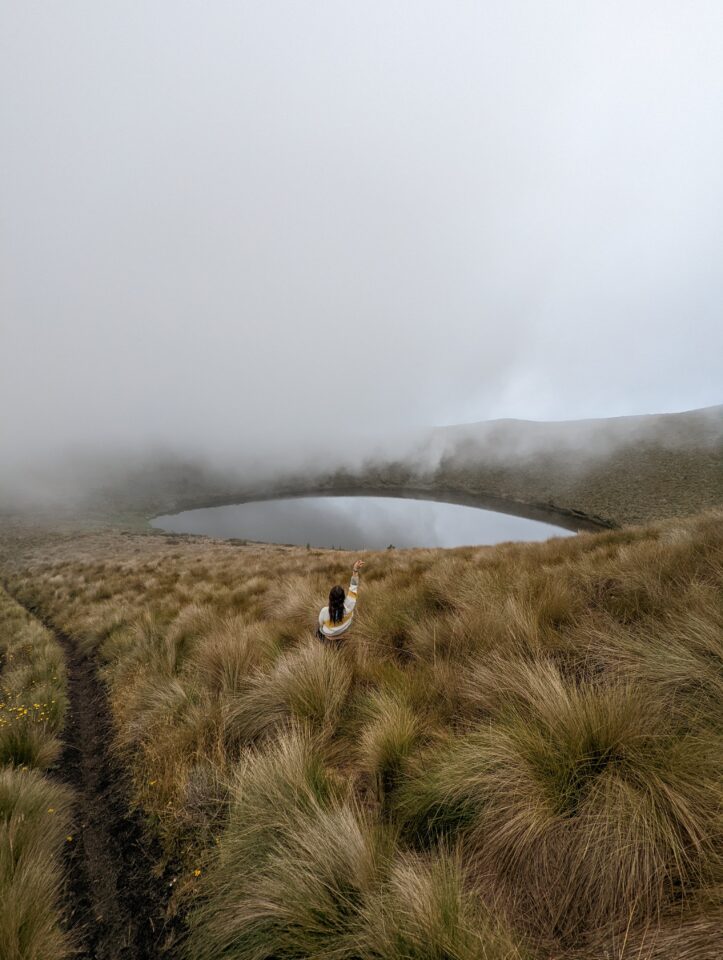
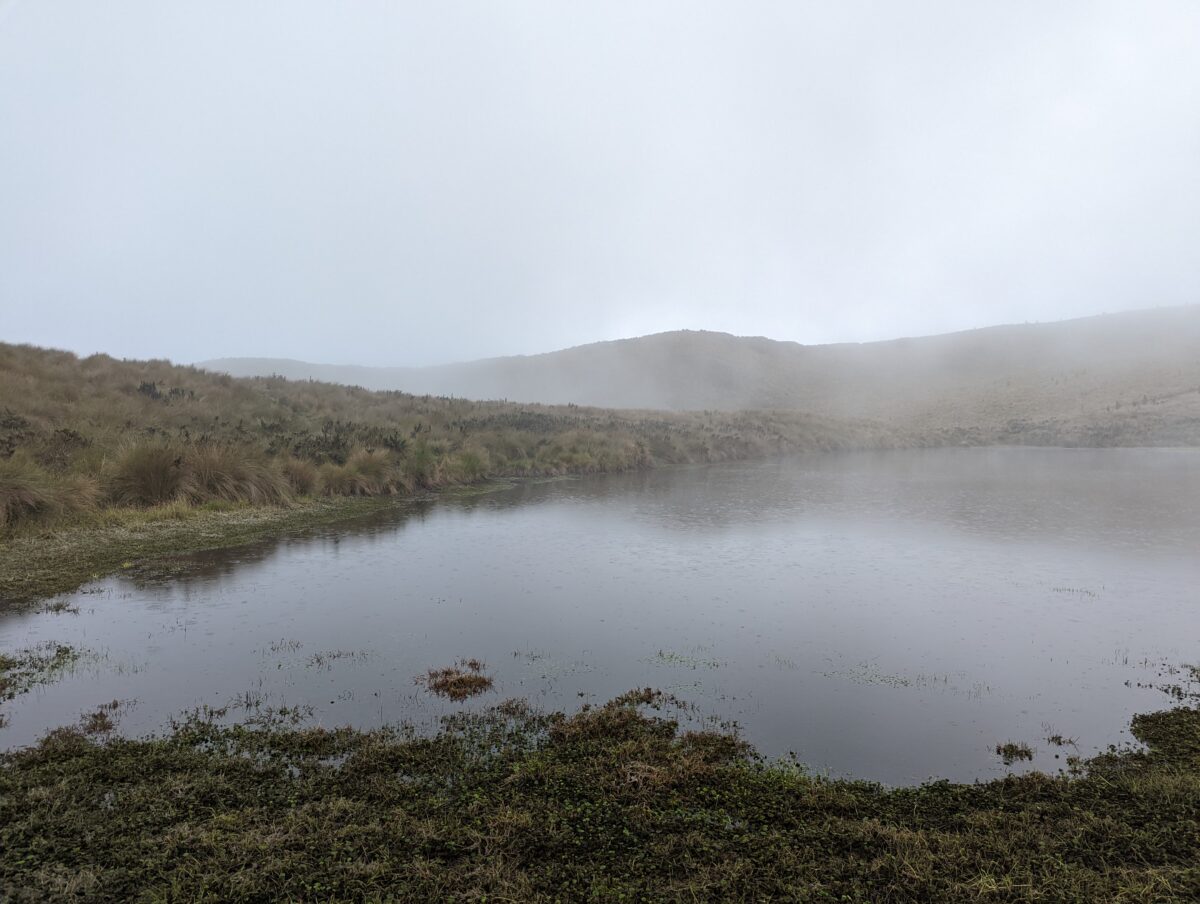
The Cubilche lagoons are located in the Imbabura province, belonging to the Ibarra canton, in the La Esperanza parish, approximately 19 km from this town. The water is bluish in color and feeds itself from natural springs as the lagoons do not have external tributaries. It is fairly cold with average temperatures right about 9°C and it is at 3,800 meters above sea level.
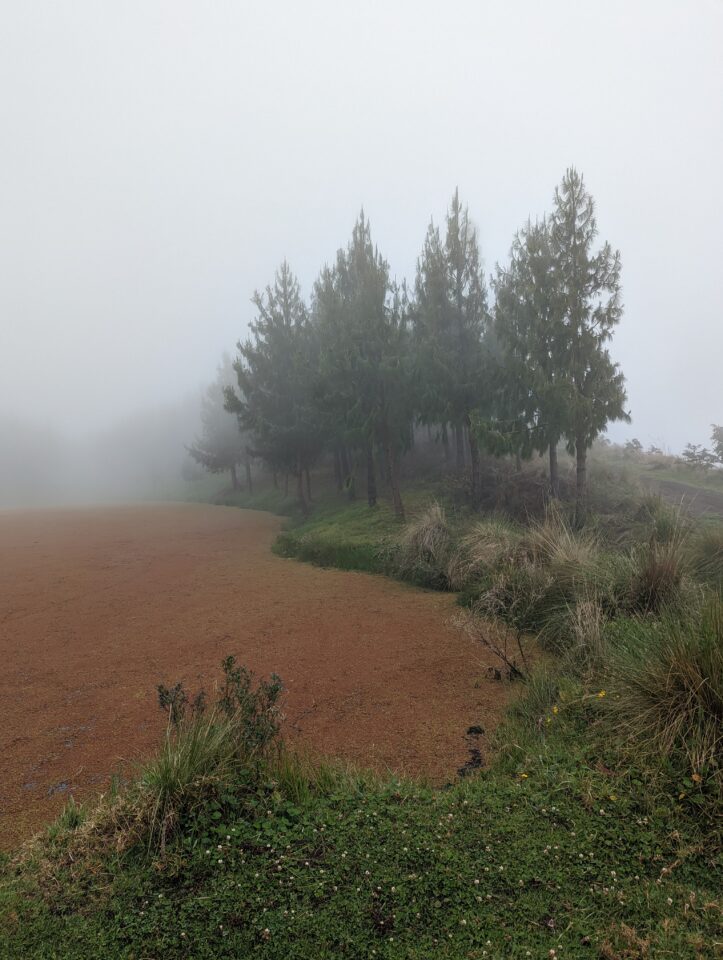
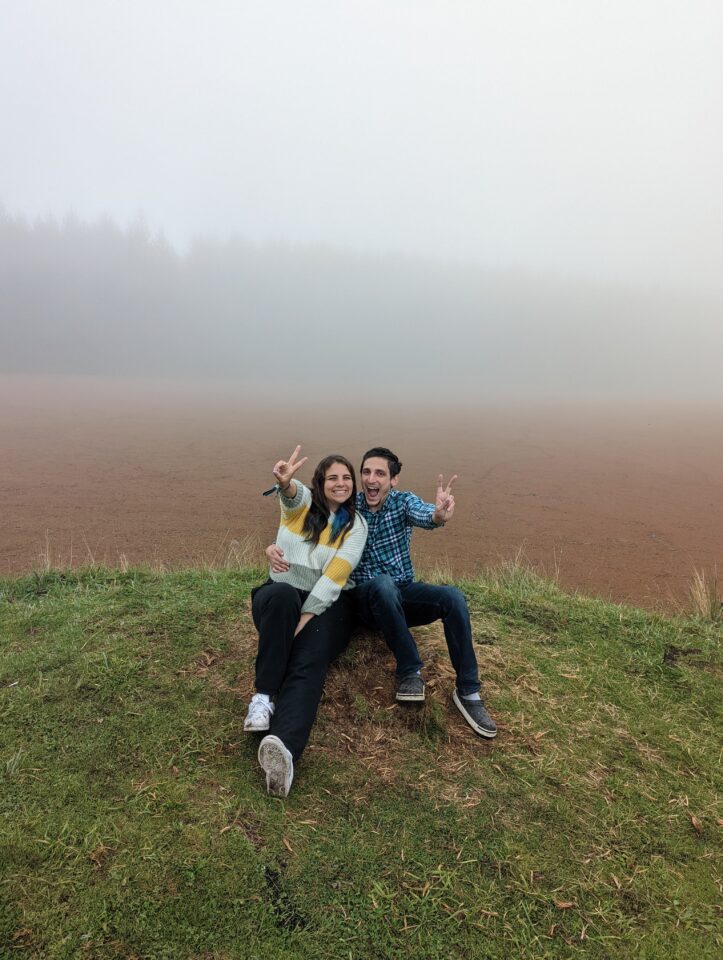
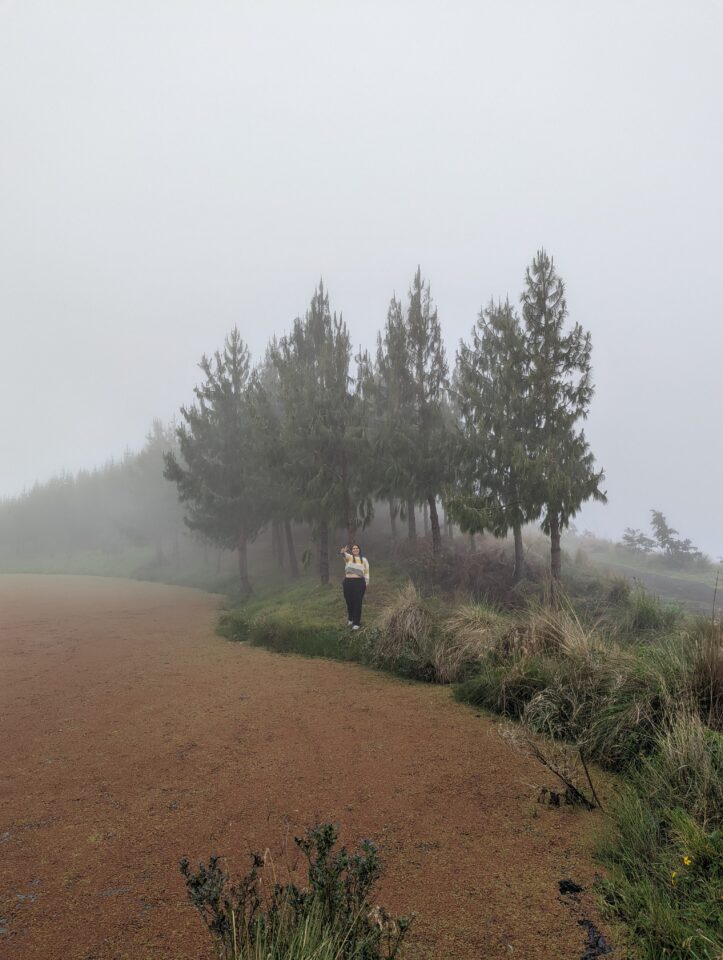

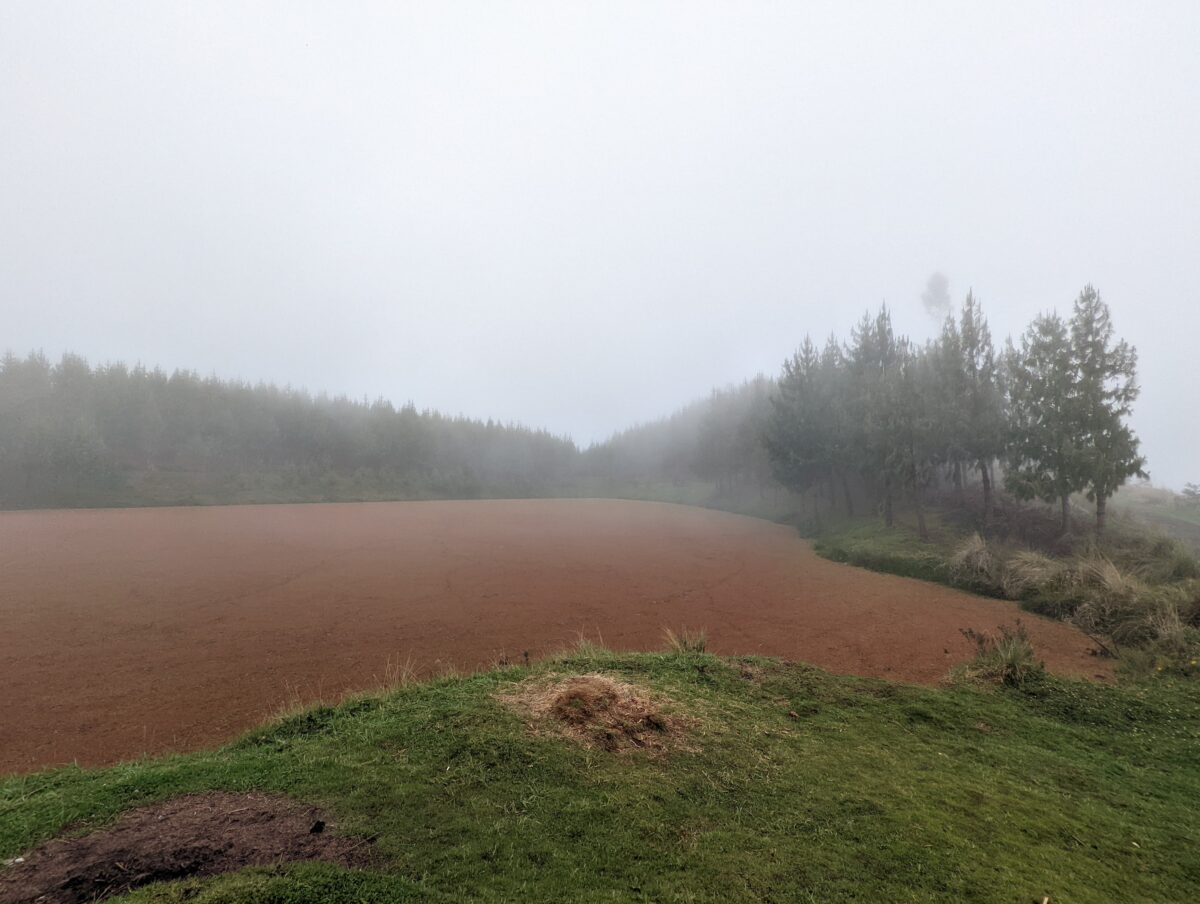
The Red Lagoon or Pangaladera Lagoon is located in the extinct Cubilche volcano, hidden among the forest. The feature that most attracts attention is its red color from the small plants that cover the water, a unique moment in the middle of nature, walking through the eucalyptus forest.
16. Cayambe Coca National Park

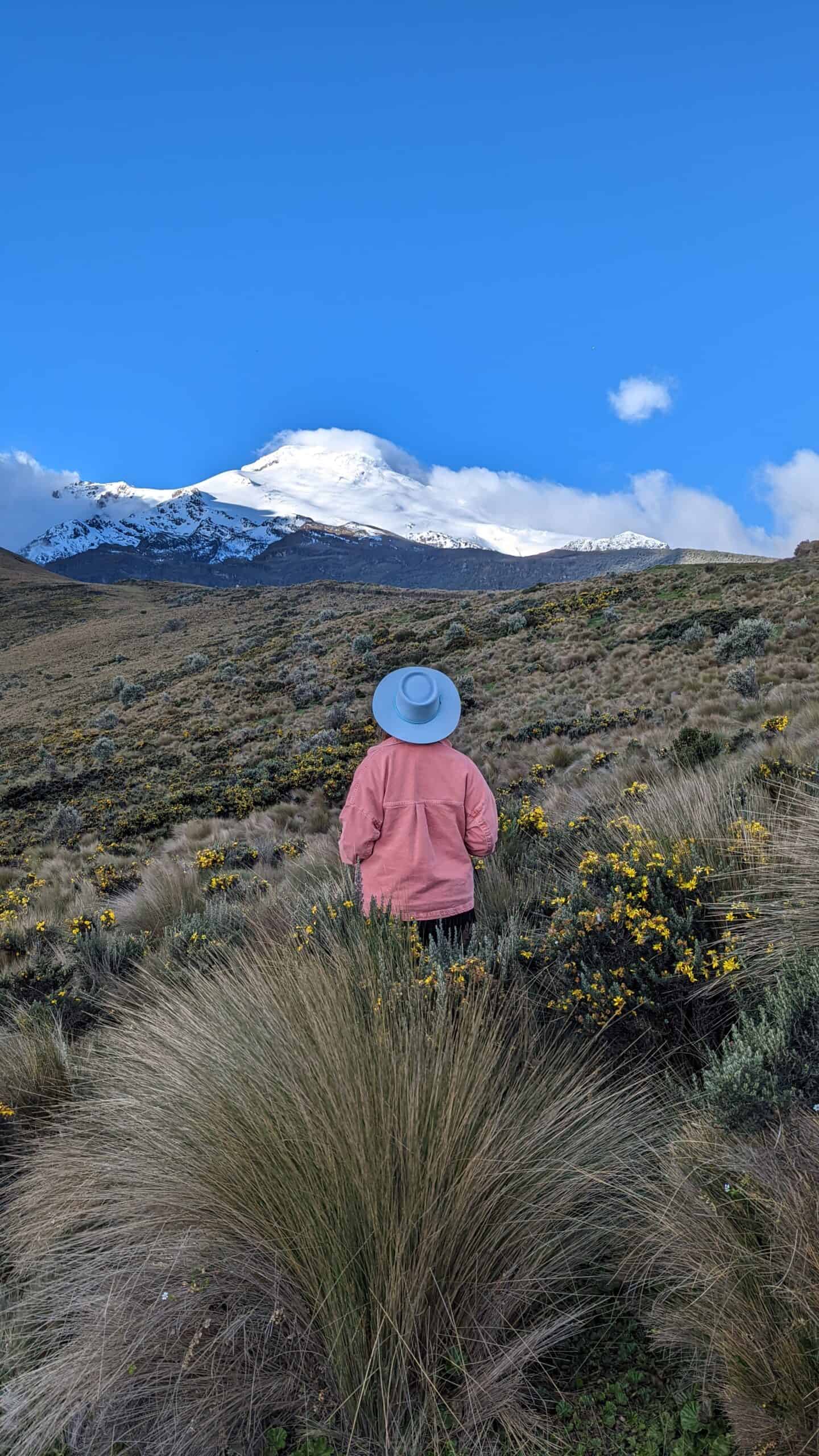
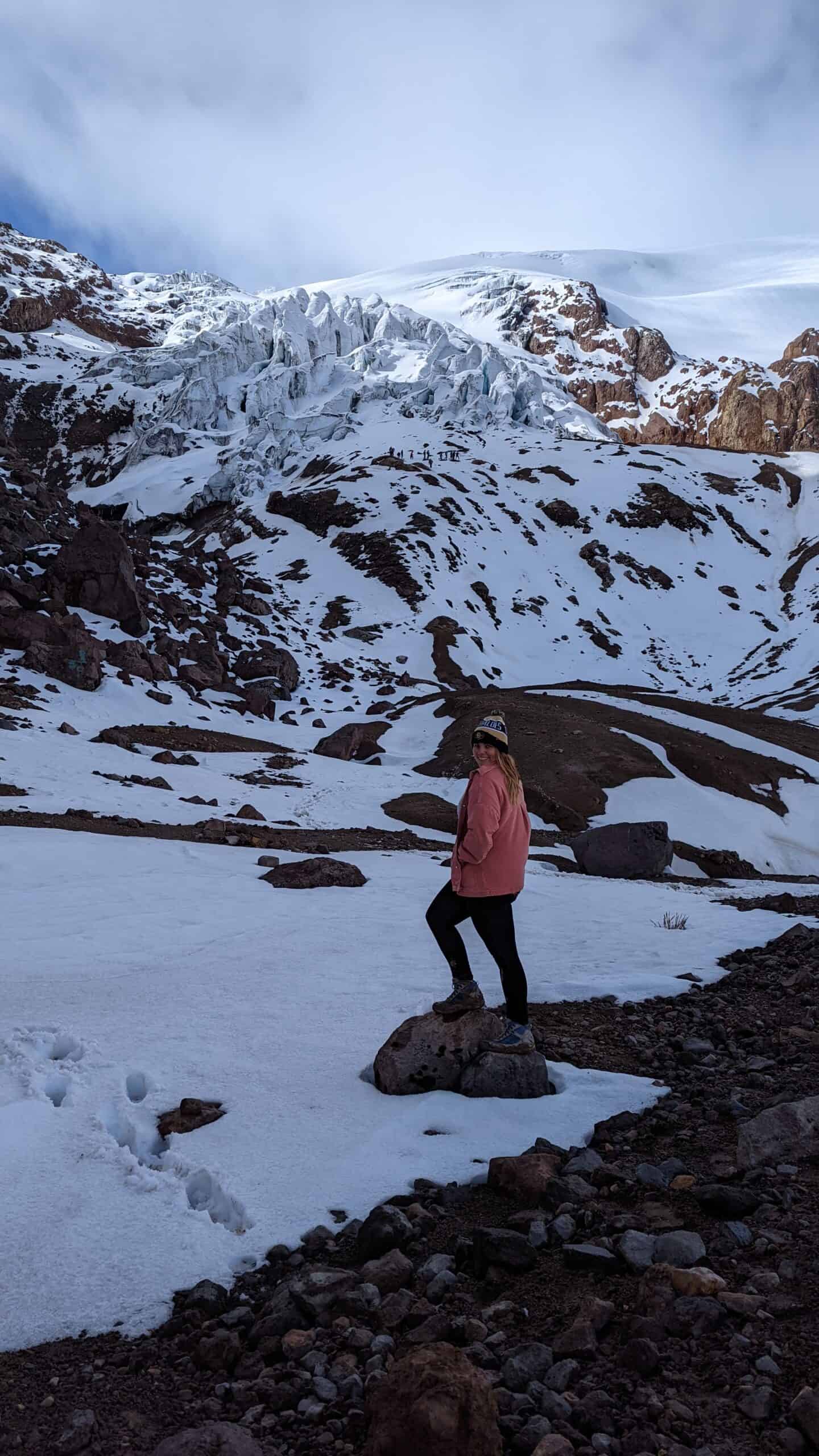




The Cayambe-Coca National Park is a protected area located in the northeast of Ecuador, in the provinces of Imbabura, Sucumbíos, Pichincha and Napo. It covers more than 400,000 hectares and includes the mountains of Cayambe, Saraurcu, Puntas and Reventador. The national park covers a wide range of altitude, from the Cayambe volcano (5,790 meters above sea level) to the humid forests of the Quijio rivers, passing through the humid páramos, the Polylepis forests, scrub forests and cloud forests.
Read more: Complete travel guide to Cayambe National Park
17. Antisana National Park
The Antisana National Park is a protected area in the Andes mountain range, between the provinces of Napo and Pichincha. The Antisana volcano has an elevation of 5,758 meters above sea level. The park was initially created as the Antisana Ecological Reserve in July 1993, and in 2021 it was upgraded to Antisana National Park. The park has a great variety of flora and fauna.
18. Chakana Reserve
The Chakana reserve is located in the provinces of Pichincha and Napo, in the Pintag community southeast of Quito, on the western slopes of the Antisana volcano. It covers an area of 5,010 hectares, has a cold and temperate climate with an average temperature of 3 °-7°C. Some animals that you can see in the reserve are the Andean condor, Spectacled Bear, and Mountain Tapir.
The Chakana reserve was created in 2011 with the name of Antisanilla reserve, but due to confusion with the Antisana Ecological Reserve now Antisana National Park, in 2019 the name was changed to the Chakana reserve (Hacienda Antisanilla).
19. Cascada de Fuego

The Fire Waterfall located 15km from Sangolquí is an extraordinary place, where you can marvel at the beautiful nature. In the cascade of fire you can enjoy eucalyptus trees, blackberry, cedar, and guayacán, among others. As for the wildlife, you can see hummingbirds, blackbirds, foxes and the almost extinct Quito Rocket Frog (Hyloxalus jacobuspetersi). The fire waterfall also has a spiritual connection since ceremonies are performed by shamans during each solstice.
